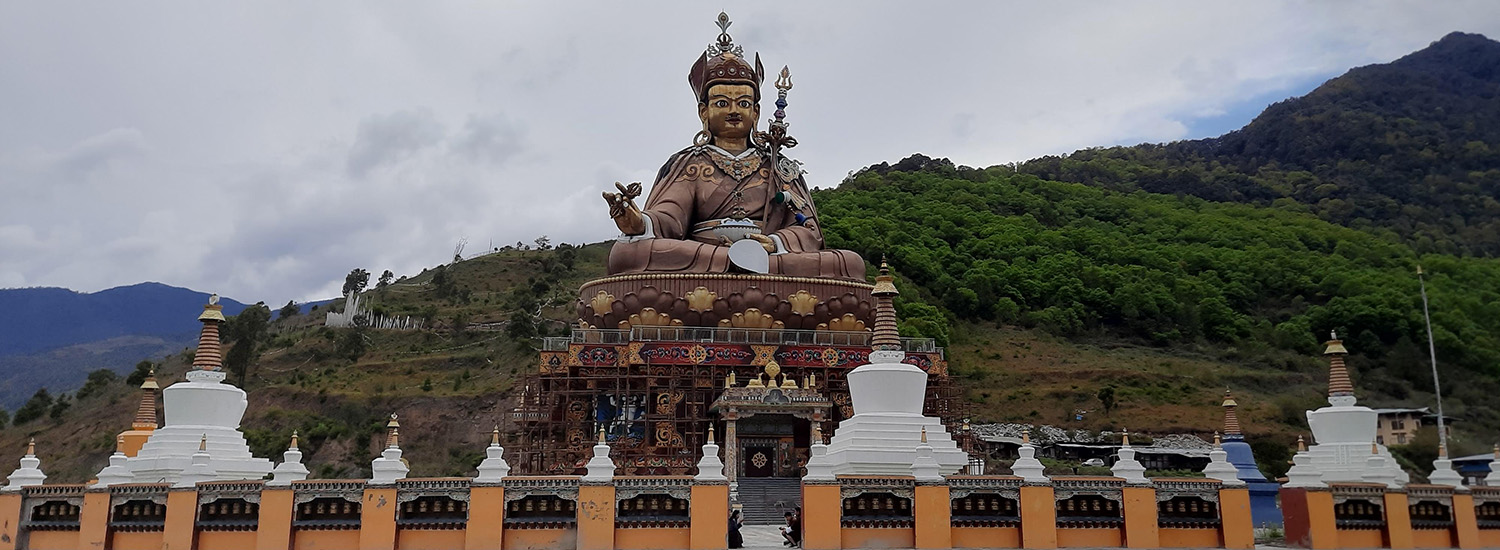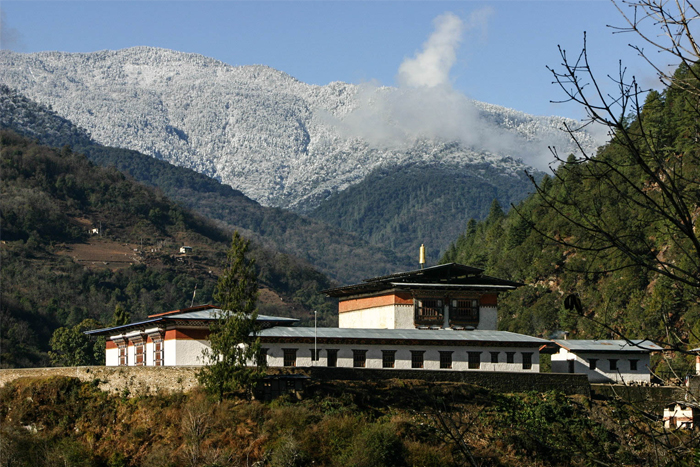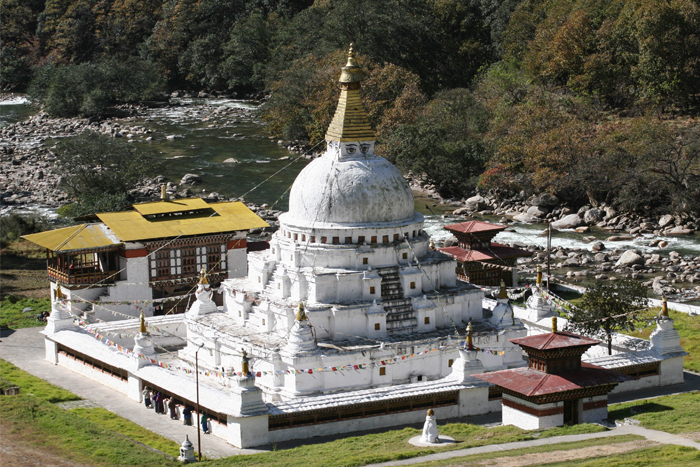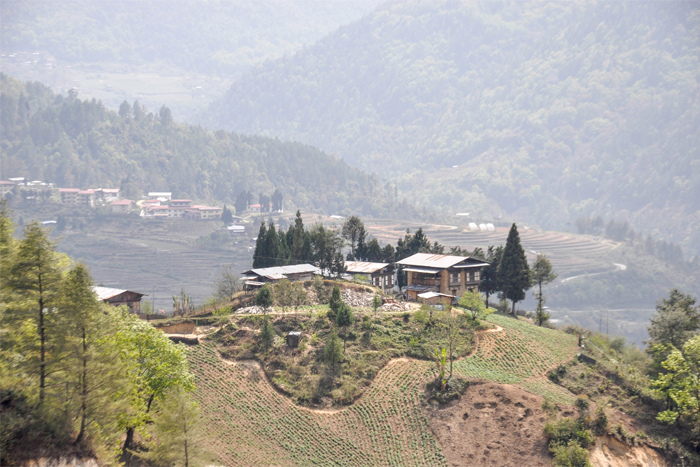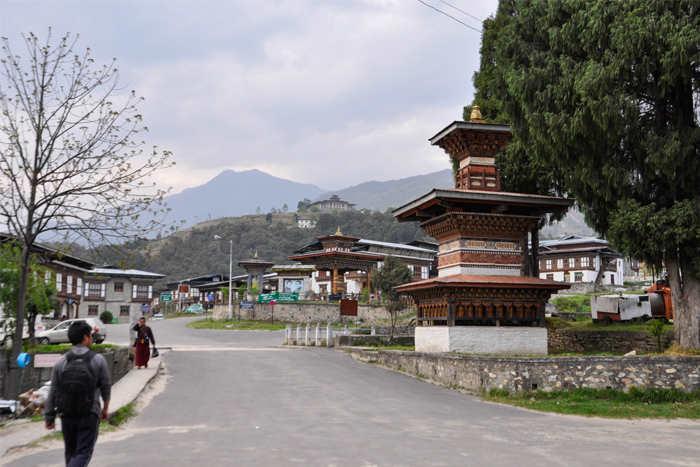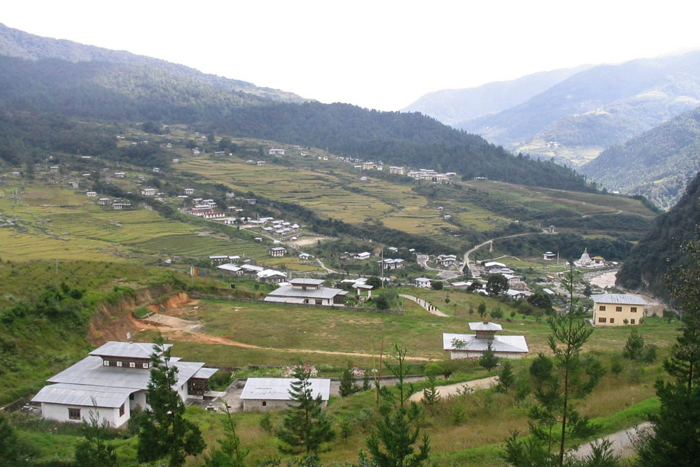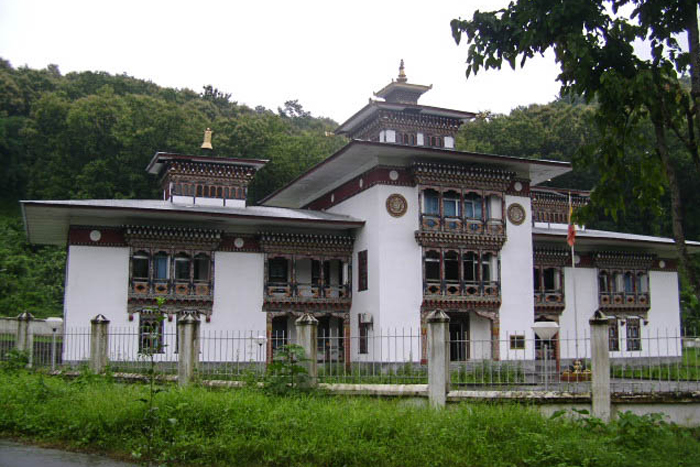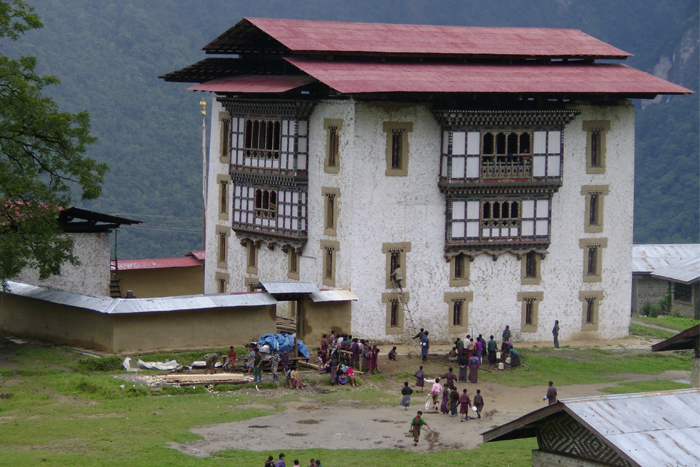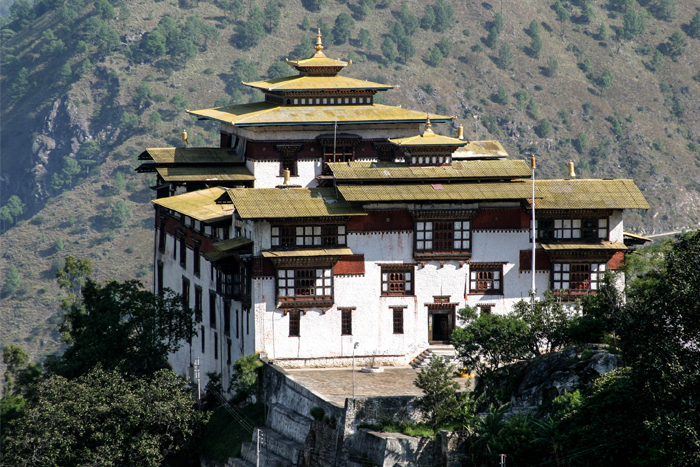Trashiyangtse
One of the newest dzongkhags in the country, Trashi yangtse was established as a distinct district in 1992 and spans 1,437 sq. km of subtropical and alpine forests. With its wealth of natural, historical and cultural resources Trashi yangtse is a destination that visitors to Bhutan will never forget.
One of the newest dzongkhags in the country, Trashi yangtse was established as a distinct district in 1992 and spans 1,437 sq. km of subtropical and alpine forests. With its wealth of natural, historical and cultural resources Trashi yangtse is a destination that visitors to Bhutan will never forget.
At an elevation of 1750-1880 m, Trashi yangtse is an ethnically and culturally diverse district and the inhabitants include Yangtseps, the regions indigenous dwellers, Tshanglas, Bramis from Tawang, Khengpas from Zhemgang and Kurtoeps from Lhuentse. This rich cultural tapestry has resulted in an interesting mix of languages and cultural practices in the region. Three major languages are spoken in Trashiyangtse. In the north, including Bumdeling and Toetsho Gewogs, inhabitants speak Dzala. In the south, Tshangla (Sharchopkha), the lingua franca of eastern Bhutan, is spoken in Jamkhar, Khamdang, and Ramjar Gewogs. In Tomzhangtshen Gewog, residents speak Chocangacakha.
The people of the region have developed incredible skill at woodworking and paper making. The items they produce such as traditional wooden bowls are prized throughout the country. It contains a major art school, the School of Traditional Arts, which is a sister school of the School of Traditional Arts in Thimphu and teaches six forms of art; painting, pottery, wood sculpture, wood-turning, lacquer-work and embroidery.
Trashi yangtse district is home to some of the country's important protected areas. It contains the Kulong Chhu Wildlife Sanctuary, established in 1993, which itself is part of the larger Bumdeling Wildlife Sanctuary. Bumdeling Sanctuary currently covers the northern half of Trashi yangtse (the gewogs of Bumdeling and Yangste), as well as substantial portions of neighbouring districts.
Related Tour
-
Samdrup Jongkhar
Samdrup Jongkhar town holds the distinct honour...
-
Lhuentse
In the northeastern corner of Bhutan lies...
-
Pemagatshel
The name Pemagatshel translates to “Lotus Garden...
-
Mongar
The road approaching Mongar is one of...
-
Trashigang
Trashigang, "The Jewel of the East", spans...

